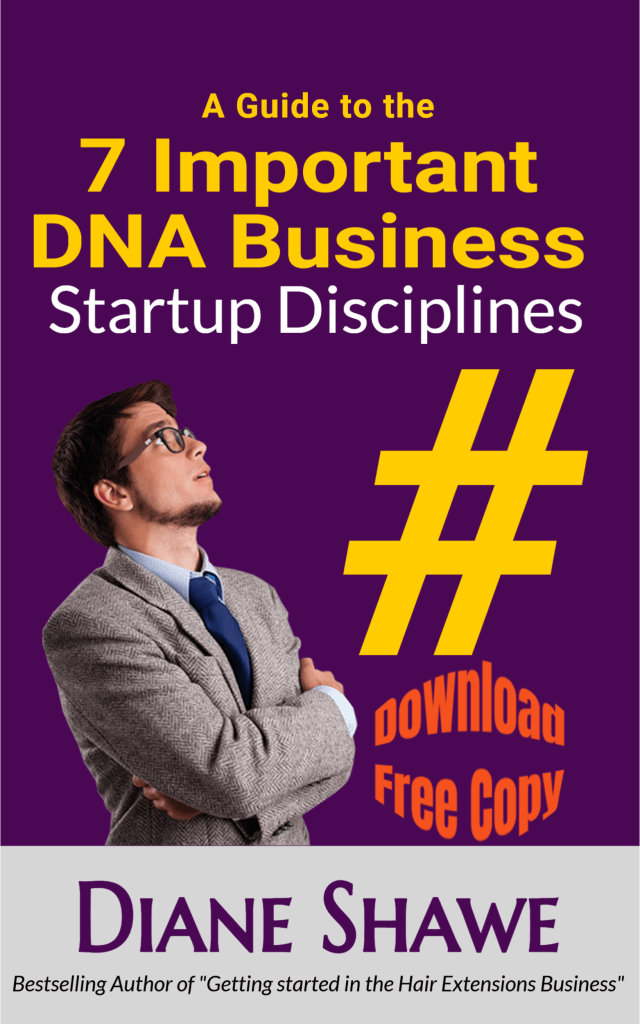 Current Demand For Private Tuition In The UK
Current Demand For Private Tuition In The UK
We can reassure you that the demand for private tuition across the board is increasing, and is required throughout the year.
Whilst the market is flooded with tutors supporting students in English, Maths and some STEM subjects, it is increasingly obvious that a lot of children are suffering because they do not have the much needed Social Skills to help them with communication, problem-solving, decision making, self-management, and peer relations abilities that allow one to initiate and maintain positive social relationships with others.
Deficits or excesses in social behavior interfere with learning, teaching, and the classroom’s orchestration and climate. Social competence is linked to peer acceptance, teacher acceptance, inclusion success, and post school success.
 As we see the rise in school exclusions, there are many reasons suited for the rise in the UK. So now a more structured approach needs tho be taken to assist a wide crosses section of children experiencing problems outside of the curricula which in turn impacts there relationship with each other, their teachers, parents and the wider community.
As we see the rise in school exclusions, there are many reasons suited for the rise in the UK. So now a more structured approach needs tho be taken to assist a wide crosses section of children experiencing problems outside of the curricula which in turn impacts there relationship with each other, their teachers, parents and the wider community.
Whilst the demand throughout the academic year for private tuition varies per subject and level, factors to consider are do you want to provide tutoring throughout the year, number of subjects and levels you tutor, if you are wishing to travel and how far you are prepared to travel if at all.
 Starting A Private Tutoring Business – The Skills Needed By A Private Tutor
Starting A Private Tutoring Business – The Skills Needed By A Private Tutor
If you are interested in becoming a private tutor, you may wish to consider the following skills before setting up a private tuition service :-
Ability To Communicate & Help The Students Understanding
The key approach of private tuition is to improve the understanding of the student. An essential skill for a home tutor is that they are able to help the student grasp and fully understand any area of subject weakness by good communication. Whilst at the same time engaging the student’s interest and making the tutoring session fun will enhance their learning.
Ability To Listen
One of the major factors of one to one private tutoring is to tailor and deliver your lessons so that the student can understand areas of subject difficulty. For the student to improve, they must understand. Flexibility is the key. Just because you use a successful set protocol of how you tailor your tuition lessons for several of your students, does not mean this will work every time. Therefore if the student has difficulty in grasping certain areas of their syllabus, listen to their feedback and from this devise alternative ways of how you will tailor your tutoring for that particular student.
Good Grasp Of Your Subject Area
We would recommend that you only offer home lessons for the subjects that you are familiar with and enjoy and are passionate about. As a rule, the subjects that you enjoy, understand and feel most enthusiastic about are the ones which you will excel in at tutoring. Therefore you will have most success in improving the student’s grades and confidence.
 Communication With All Age Groups – Especially Children and Teenagers
Communication With All Age Groups – Especially Children and Teenagers
Most academic personal tutors provide private tuition for children or young adults. However if you specialise in tutoring students for GCSE upwards, you will be tutoring teenagers, young adults and possibly mature students. Therefore you will need to feel confident at communicating with all age groups. Even if you are only providing private tuition for primary or secondary level children, remember that you will often come into contact with and give feedback to their guardians or parents.
 Good Command of The English Language and Literacy
Good Command of The English Language and Literacy
That saying, a child whos first language is not English might benefit from a similar language tutor who might be able to get the point across much clearer until the students English improves.
Good Time Management & Self Motivation
As a freelance tutor, like any self employed profession, you will not have a clocking in machine! When you work for yourself you need to be self motivated and it is essential that you use your time effectively. Most students require tuition in the early evening on weekdays or at weekends. Keep these times free for tuition and carry out your admin such as filing, accounting etc at other times of the day or week. If you do not plan your time wisely, this may result in less time that you have available for one to one tuition and your private tuition business will generate less income.
Excellent Organisation Is Paramount
Excellent organisational skills go hand in hand with good time management. As you build up clientele, you will find that you are providing private tuition to several students for different syllabi and possibly several subjects. This can become rather confusing, especially near exam times when you are using similar examination papers for several students. We advise that you keep a record for every student you tutor. This record should include the work that you have covered, any marks received for questions or past examination papers. The reasons for this is it is of benefit when you need to update parents regarding their child’s progress. Another reason for keeping private tuition records per student is that it enables you to plan ahead, so that you can cover all topics that the student struggles with and leave time towards examinations to cover exam papers and examination questions.
How to Get Started
Request our free Tutors Prospectus Directory to see a list of all the course resources. Each package also includes a tutor manual, this covers the subject in detail and will assist you in delivering a quality and comprehensive course to your students.






























































You must be logged in to post a comment.